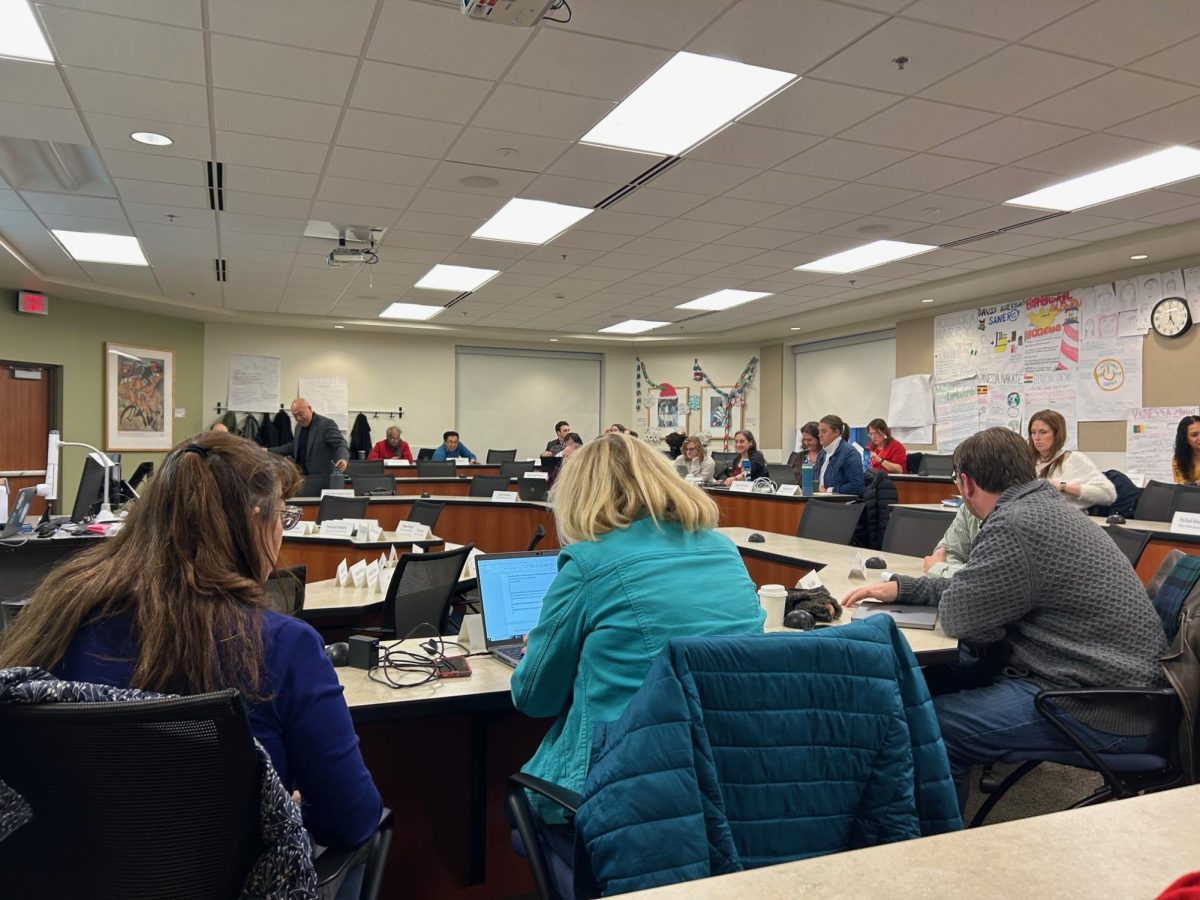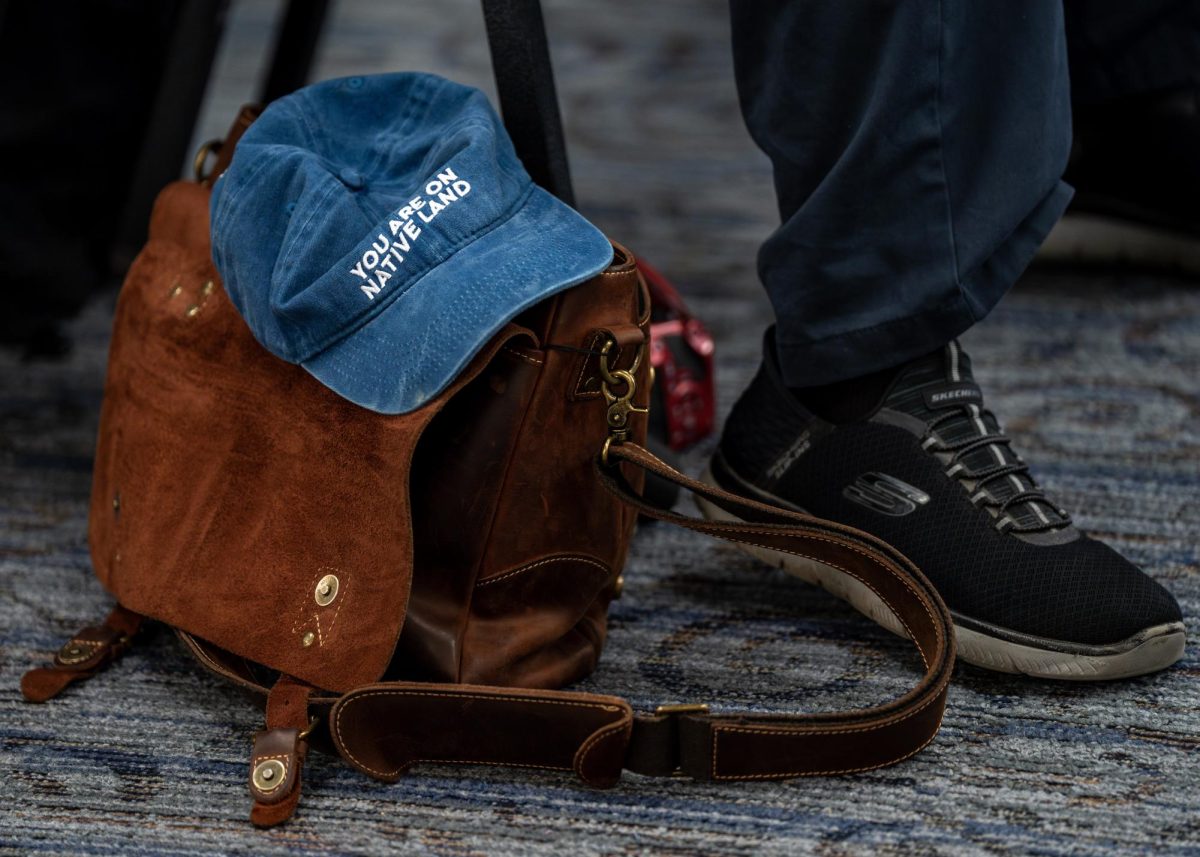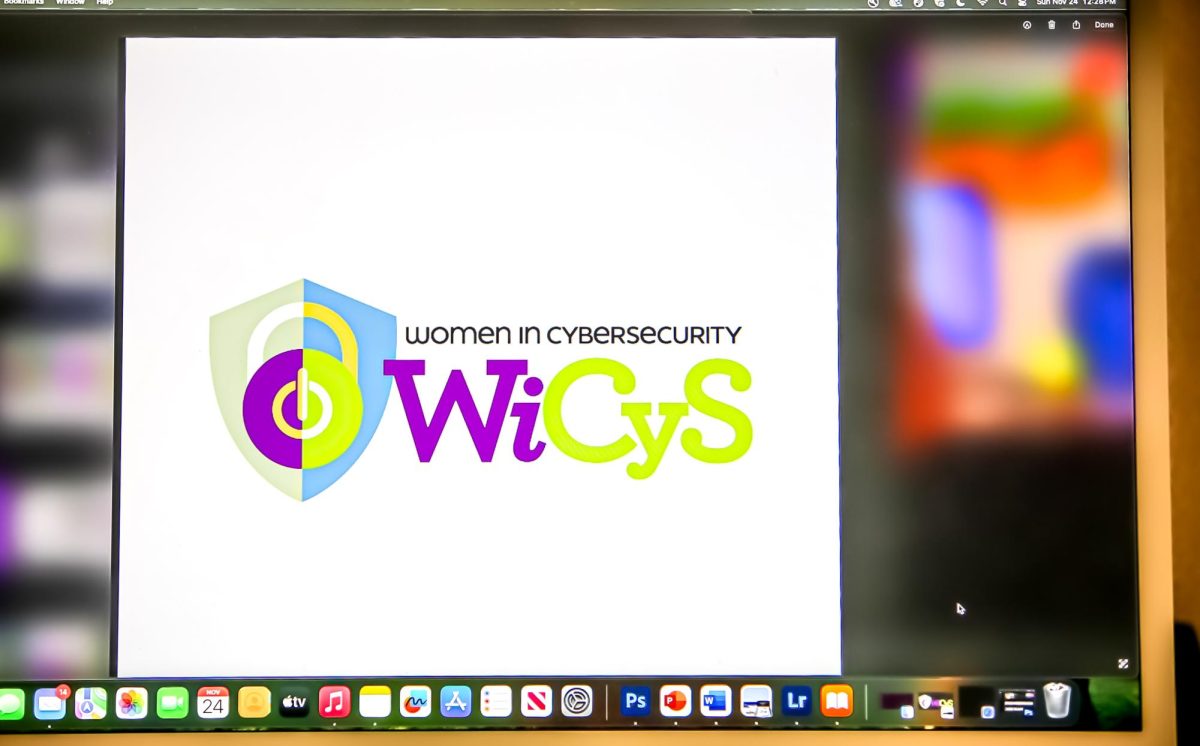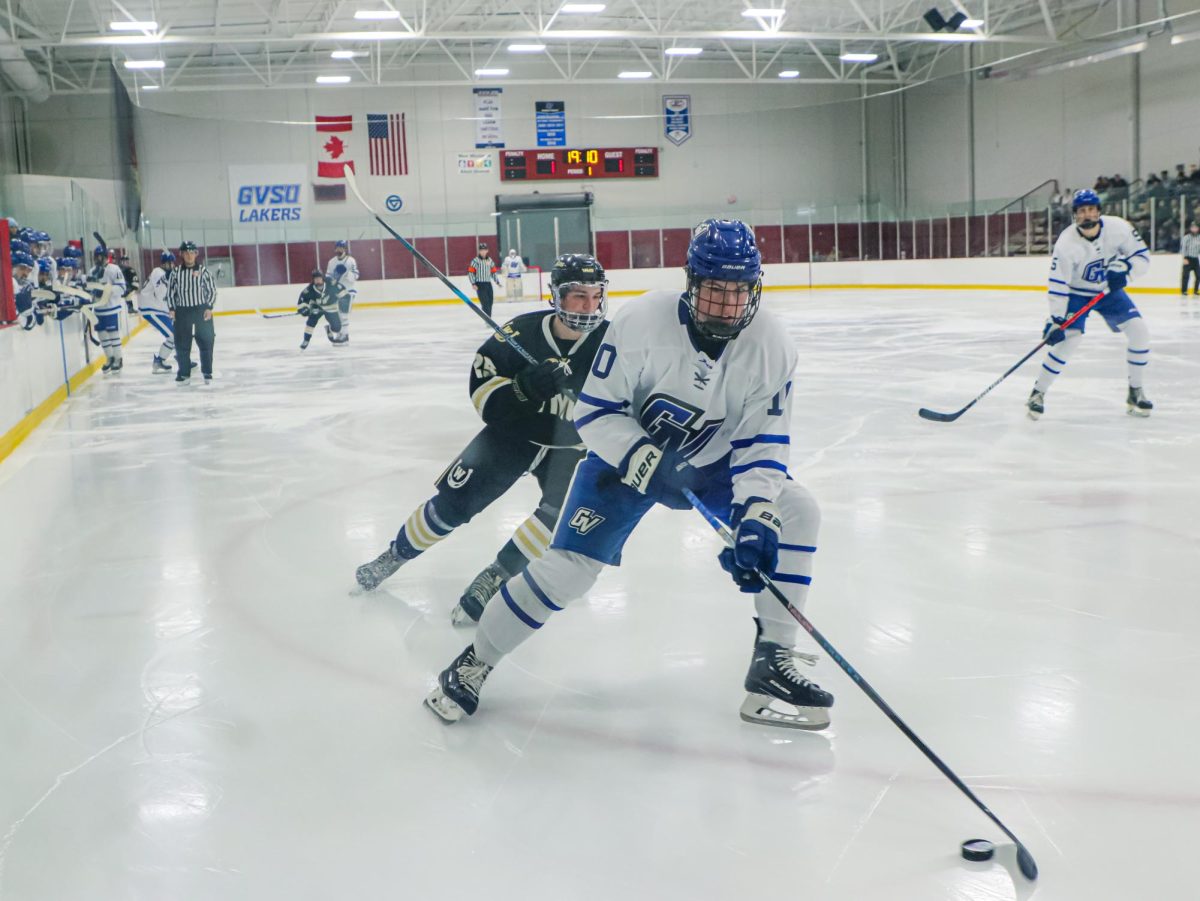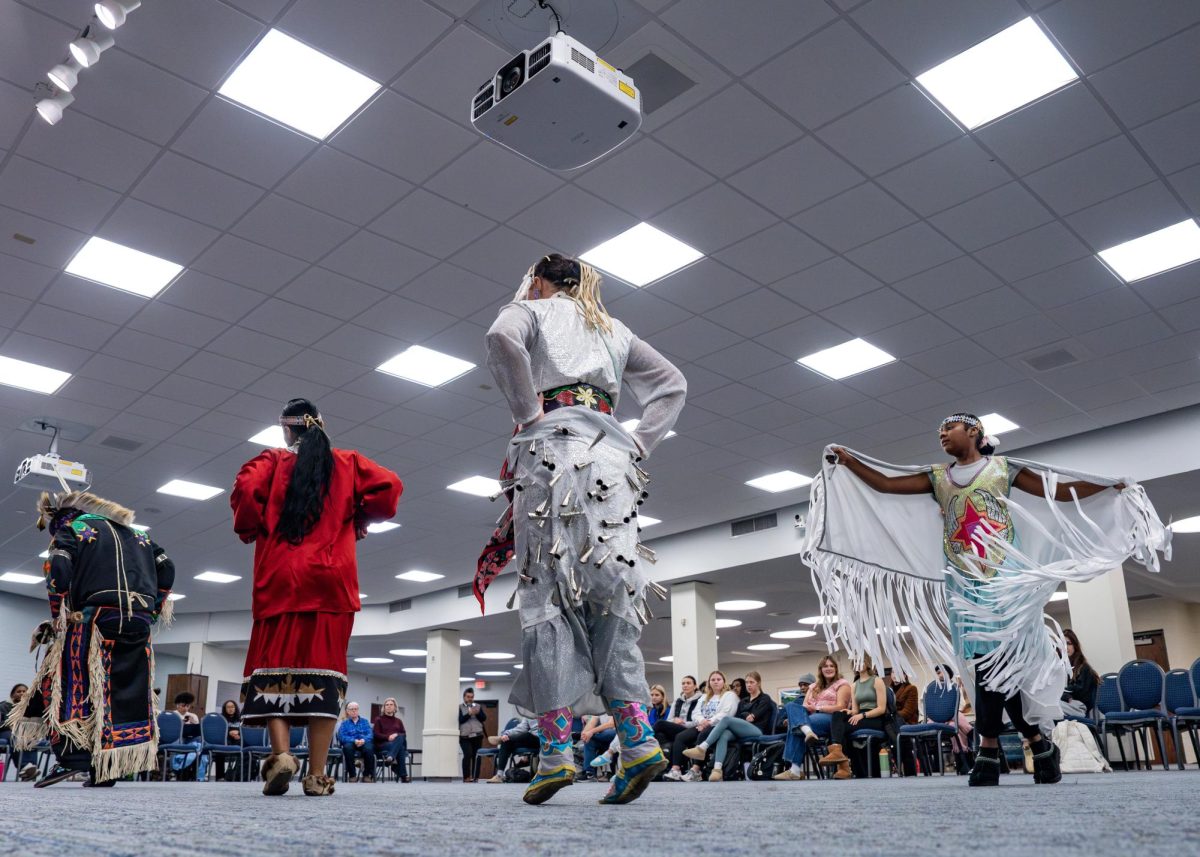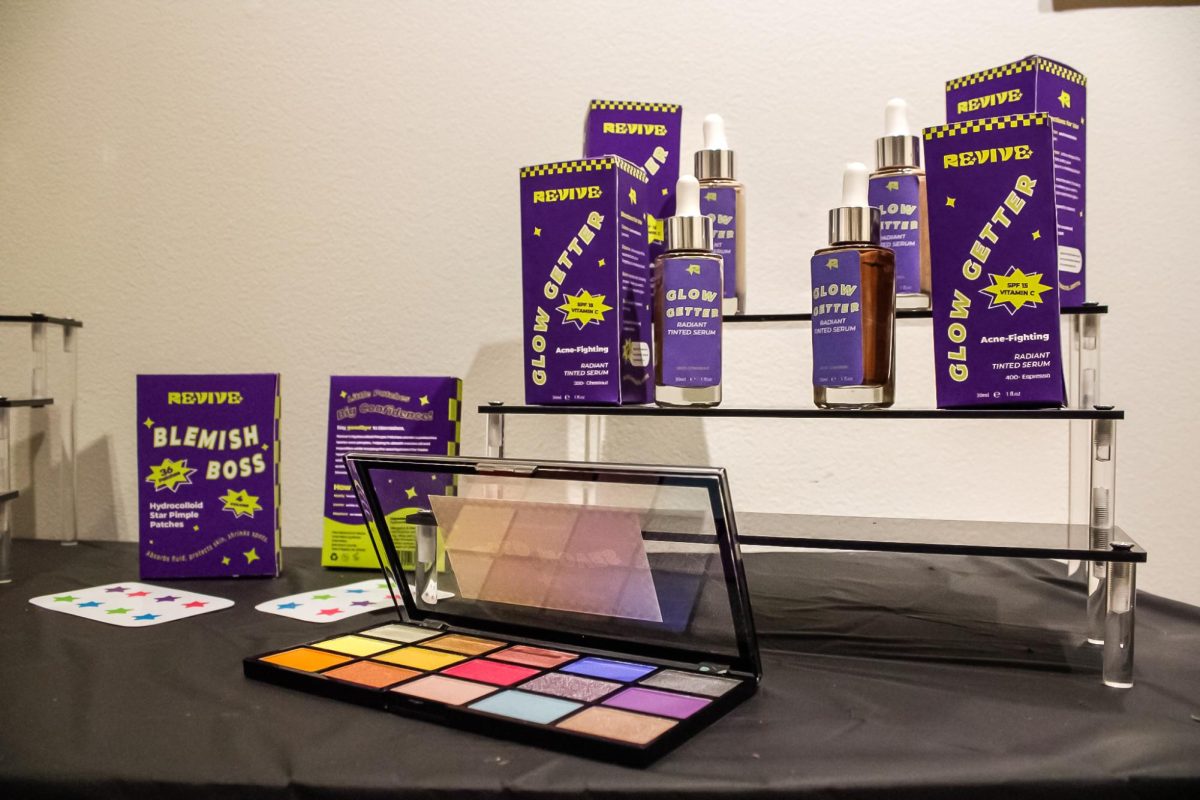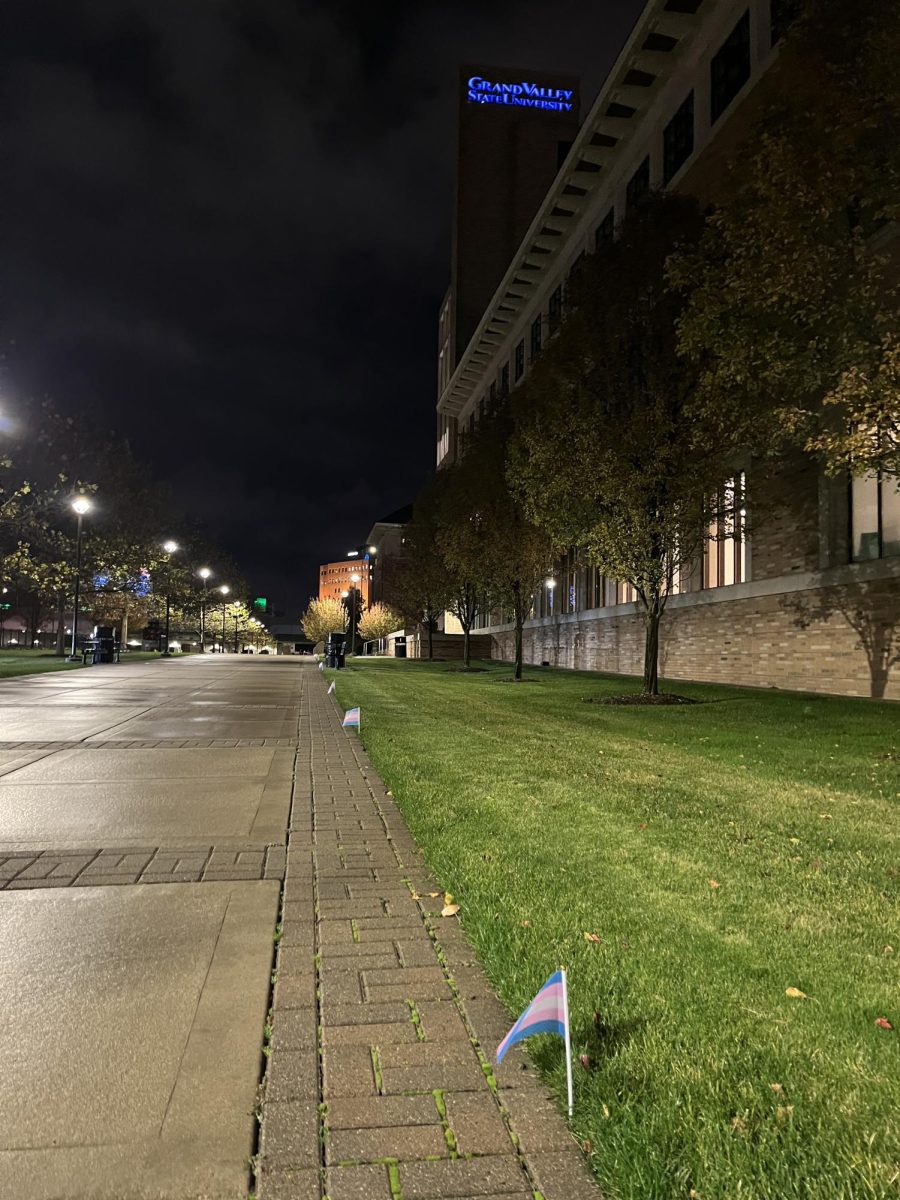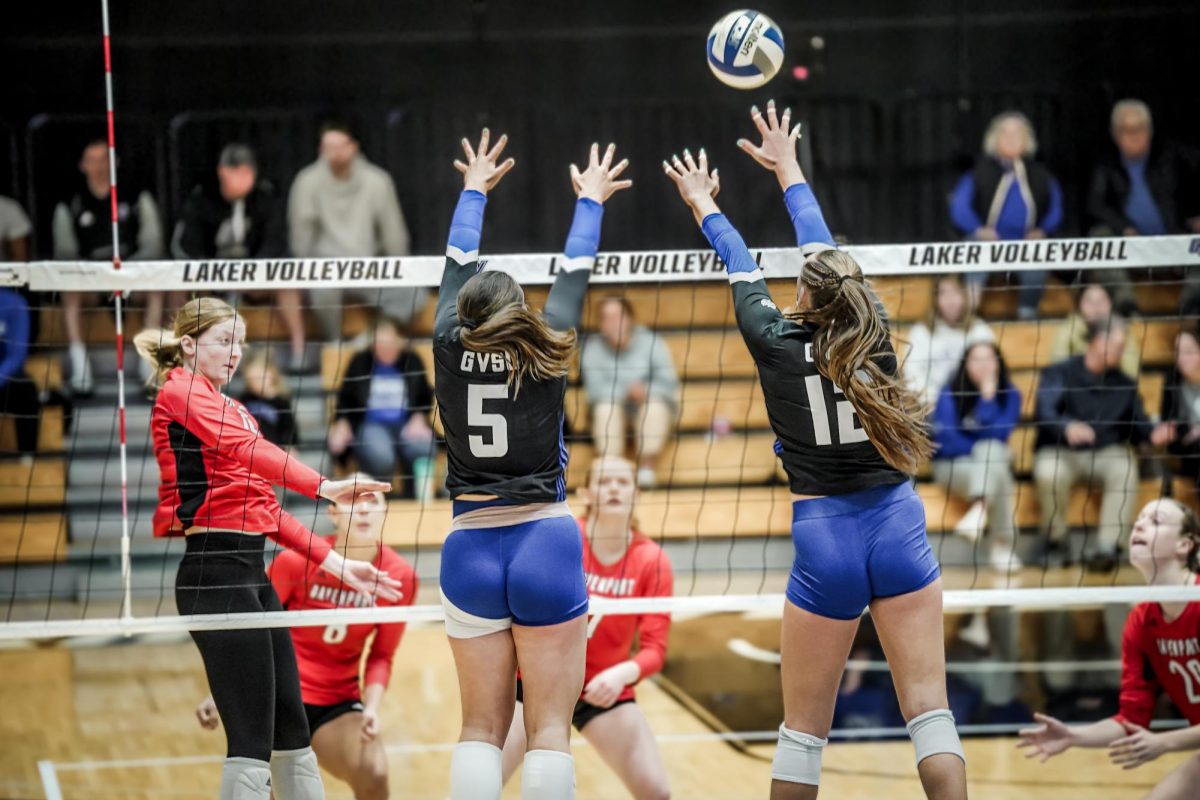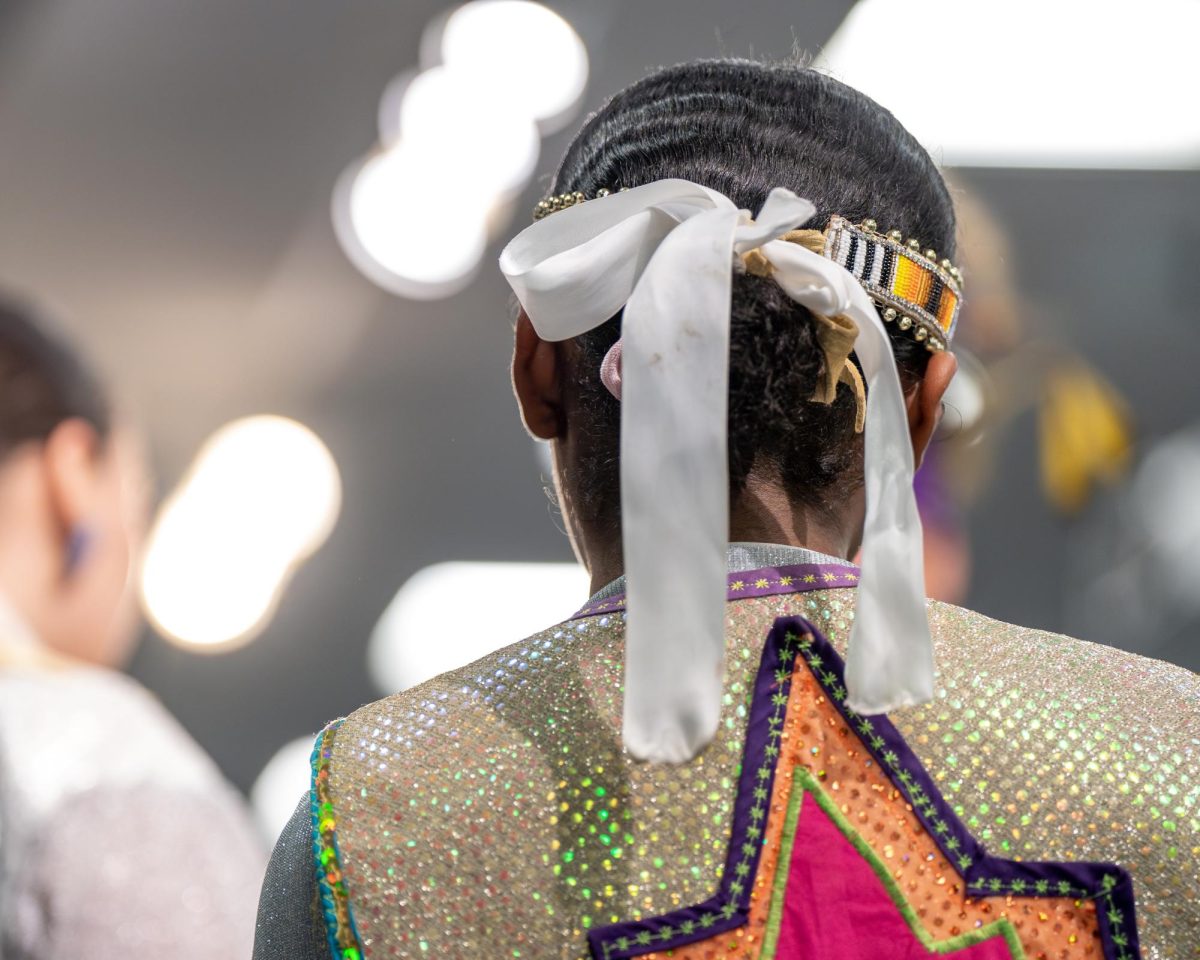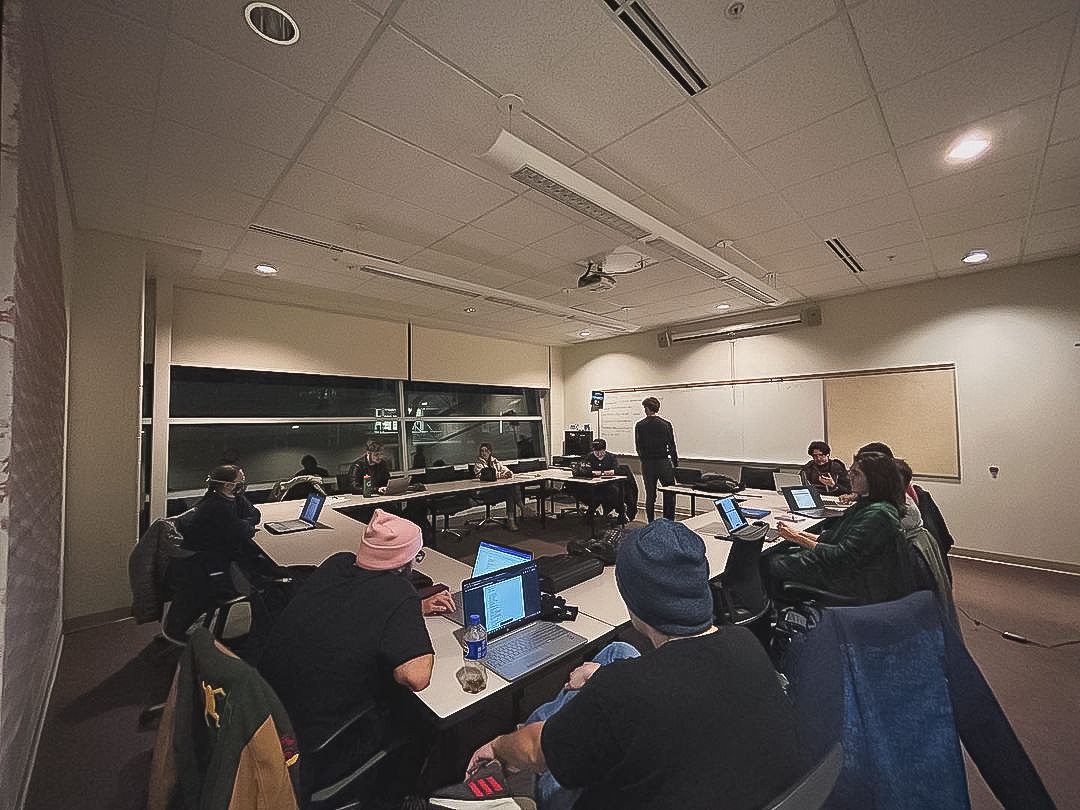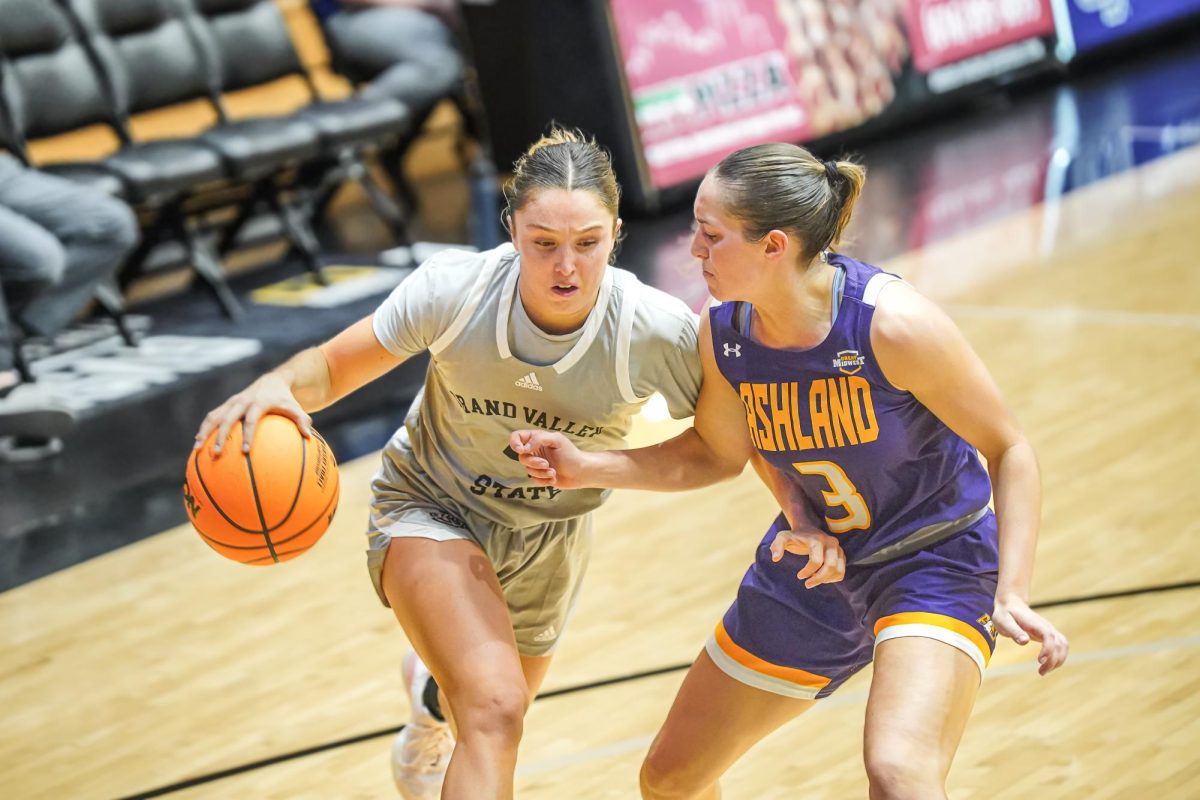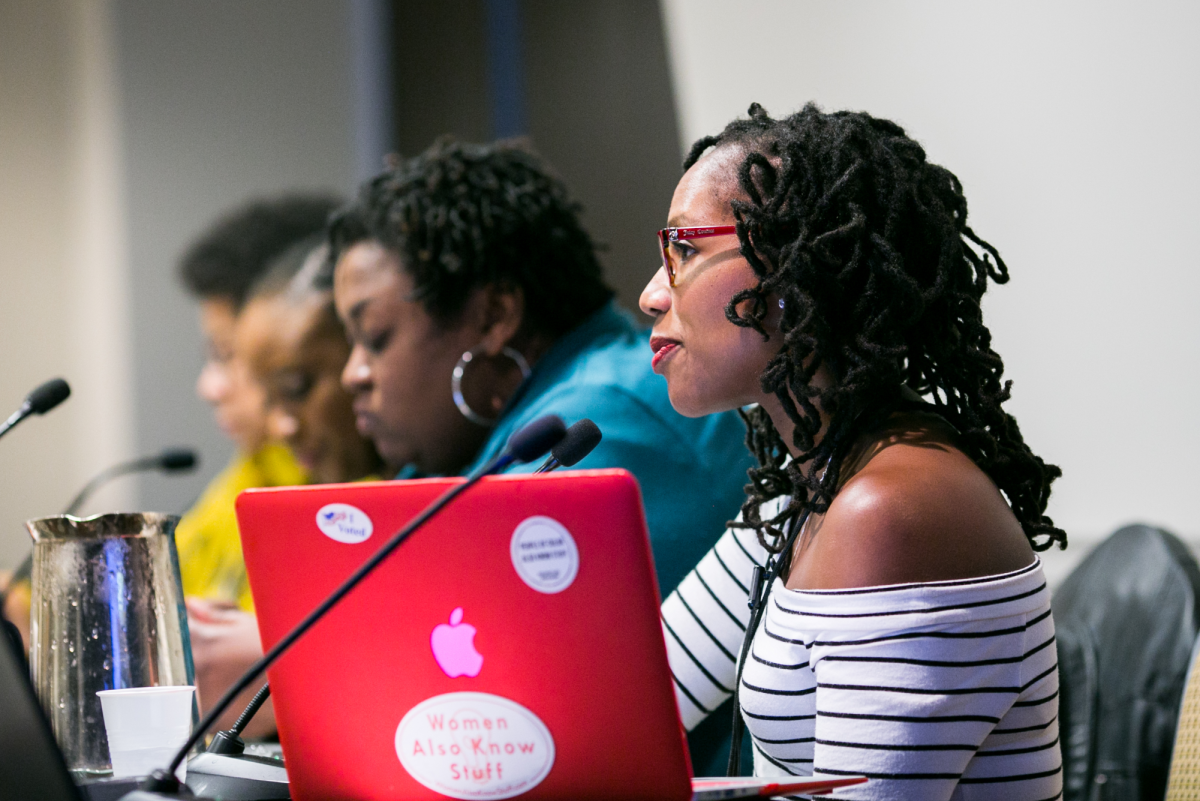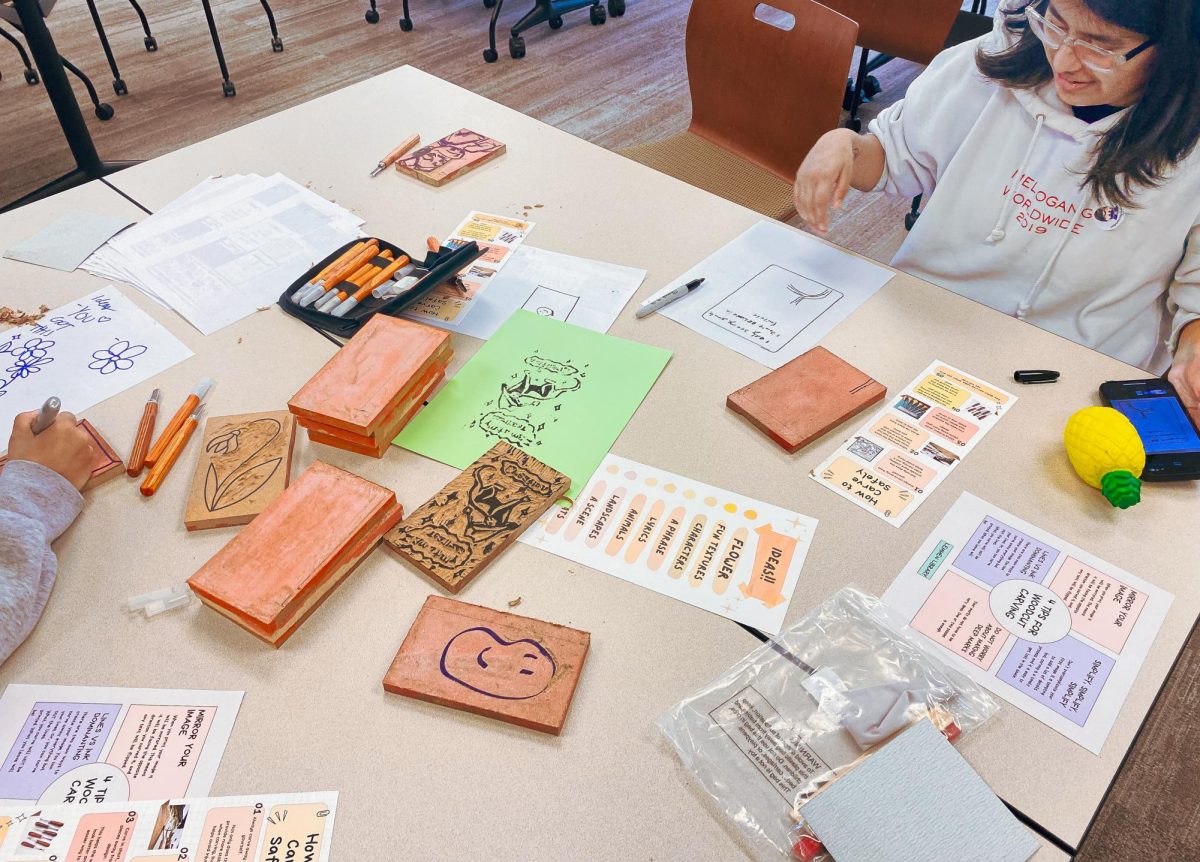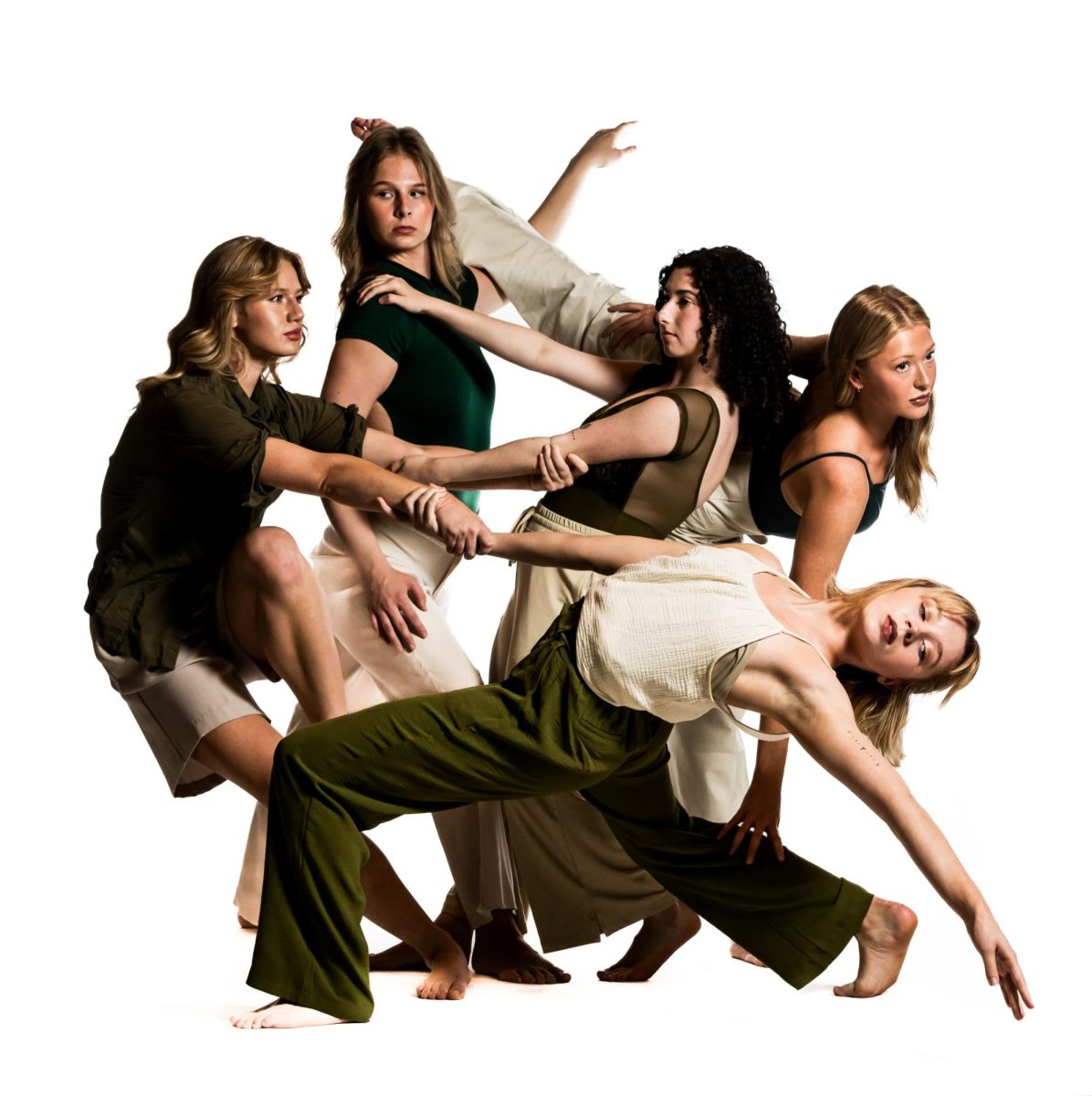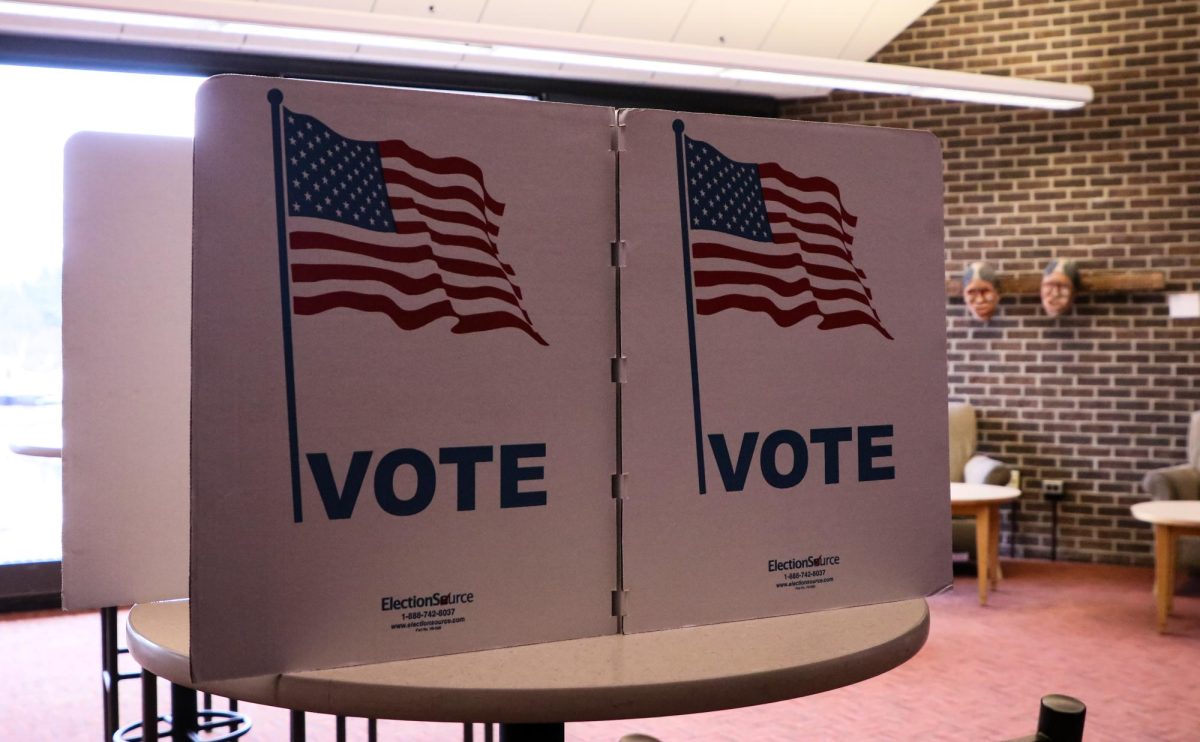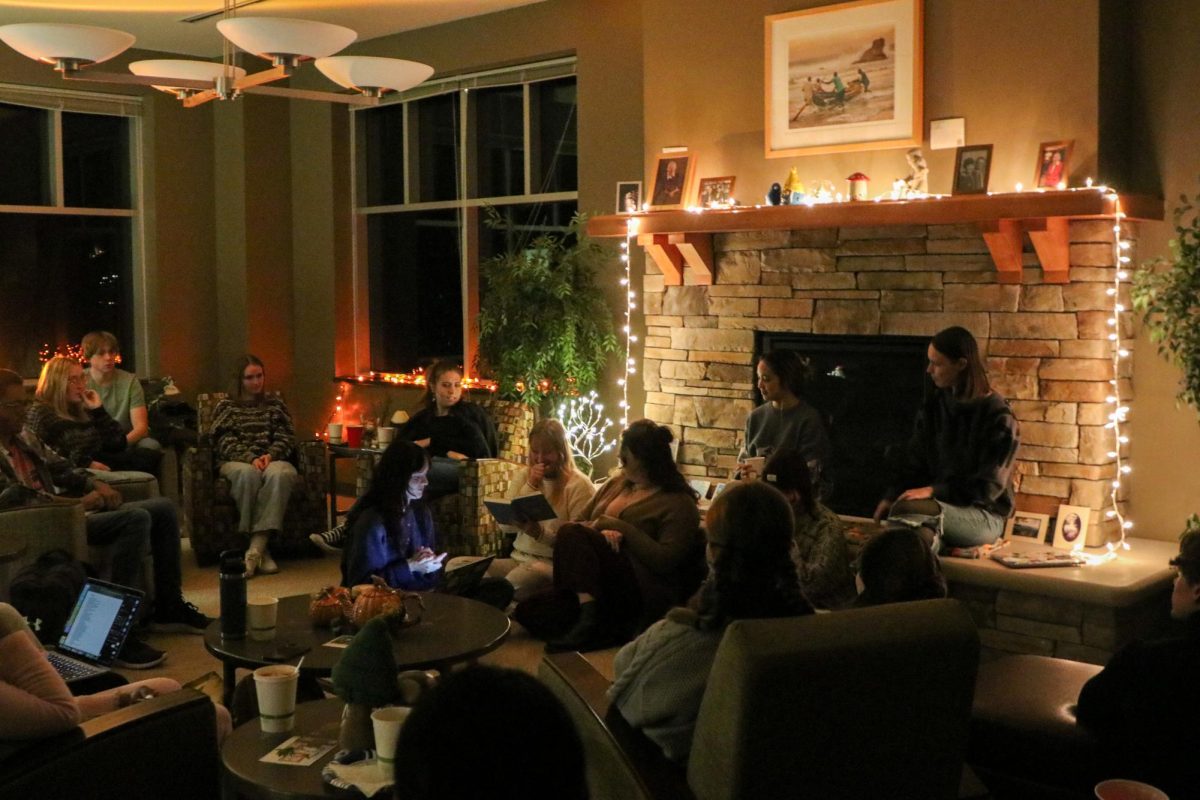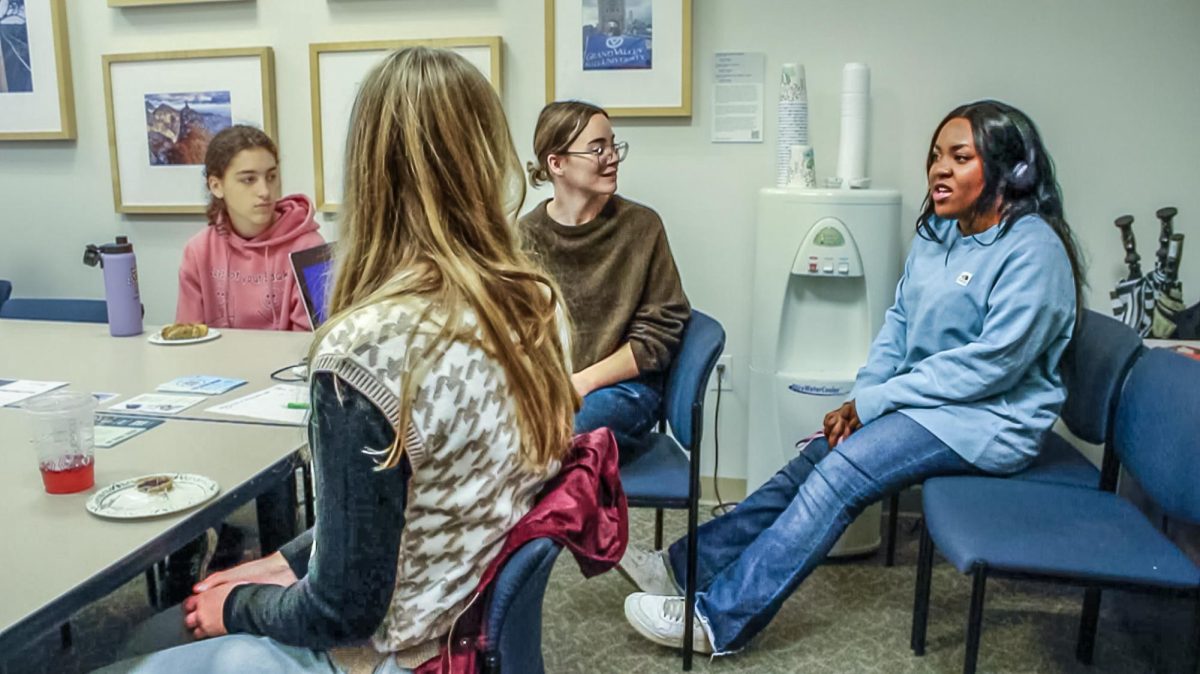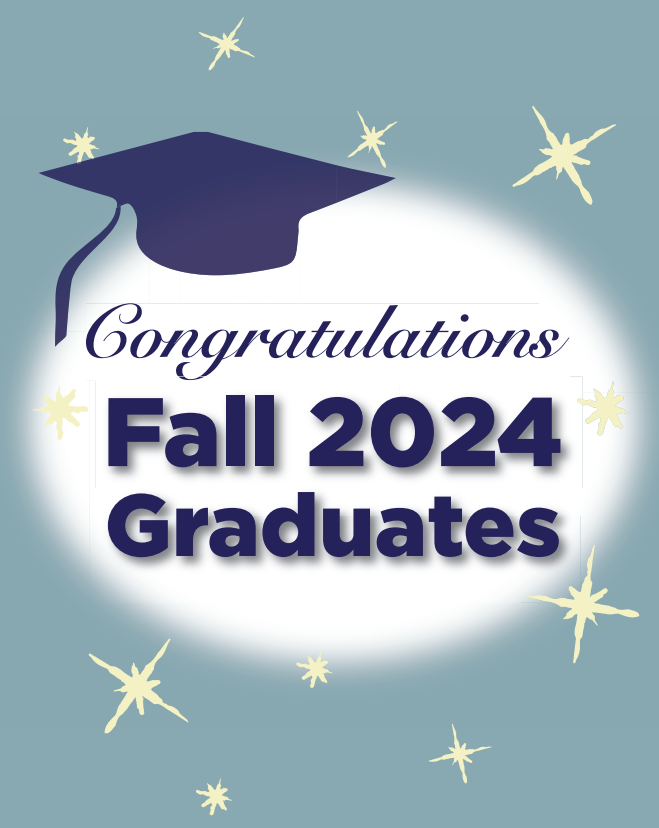When youth lead the way to a brighter future
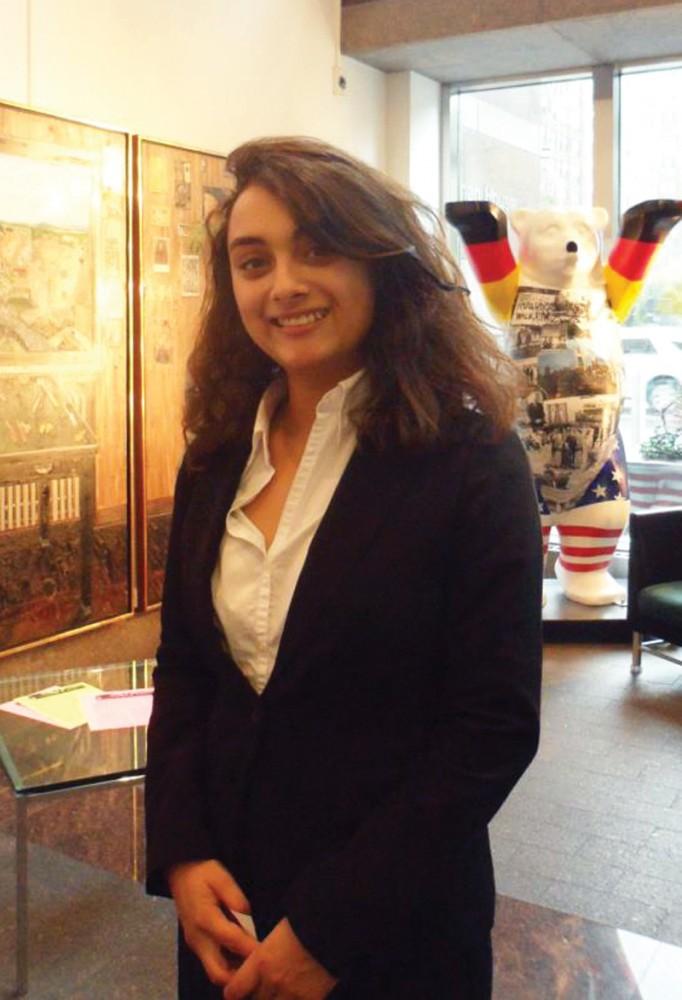
GVL / Samia Fitouri Samia Fitouri
Oct 28, 2012
Walking up the stairs of the UN headquarters building one more time over a span of a year and a half was a dream that came true sooner than I expected.
February 2011 was a memorable month as I had a golden chance to be selected on an international scale-along with seven other girls- by my international girl guiding organization WAGGGs (World Association of Girl Guides and Girl scouts) to be part of a youth delegation to the United Nations and to participate in the Commission of the Status of Women. The Commission of the Status of Women is a functional commission of the UN Economic and Social Council (ECOSOC) that takes place every year at the UN headquarters in New York from Feb. 22 through the first week of March. The commission has an important policy-making role in terms of gender equality and women’s advancement.
I was indeed the only Arab girl and therefore I was representing the Arab region. I was encouraged to share success stories, case studies and any relevant experience occurring in the Arab world in relation to the main theme that was about access and participation of women and girls in education, training, science and technology. I was almost 20 at that time, very dynamic and energetic but very inexperienced. I travelled to New York dreaming of the UN skyscraper as that place where amazing life-changing decisions are taken and where all voices are heard. Although the main focus of the commission was girls and young women, several youth-related issues were brought to the table. I was deeply struck when I walked in the UN main plenary room to find men and women of advanced age debating and arguing about youth issues. Youth presence in that room was very limited. The few youth delegates present were sitting on the back bench listening passively to what “grown-ups” were saying on their behalf. At that moment, I felt that there would be no progress without having young people speaking for themselves especially when it comes to issues that affect their entire life. Since then, I have been determined to come back to the UN not as a youth delegate watching debates and sitting on the back but as a youth representative sharing views and bringing talking points to the table.
That long-awaited day did not take long to come. A week ago, I received an e-ticket to travel to New York again and to take part in the UN general assembly’s annual debate about the post-2015 agenda. My participation in the World Health Assembly, UNESCO’s annual debate about youth civic engagement and the CSW made of me an attractive profile. When I got the email confirmation, I was both thrilled and frustrated. Thrilled: because my dream of partaking in a UN panel finally came true. Frustrated because I felt I was facing an uneasy challenge of voicing the youth’s concerns across the world in a realistic, articulate and consistent way, while sitting on a panel side-by-side with well renowned world leaders. Talking on the behalf of young people was a real responsibility that was growing heavier and heavier as the day of the event approached.
In September 2000, during the largest Millennium Summit in history, the UN member states committed their nations to a global partnership to set up a series of time-bound targets with a deadline of 2015. Those targets have come to be known as the MDGs. Although a significant effort has been deployed to achieve these goals, the MDGs are still off track from the deadline.
Youth participation and involvement in the process is still so insignificant. If there were to be involved, they would be visible only at an advocacy or promotion level but not really at a drafting or implementation phase. “Adults” would take over by putting forward the famous argument of experience and expertise.
My opening statement during the panel reiterated the importance of youth participation in any development process. That can be done through reinforcing peer-to-peer education to end up with a strong youth leadership that is able to engage in effective advocacy programs and lead the planning and implementation stages. As the debate started to take a speculative and theoretical course, I felt the urge to put in some practical words by saying, “life-changing resolutions about youth should not be drafted behind closed doors in the presence of grey-haired women and men who might be sometimes completely out-of-touch with what young people really are or feel. Young people should stop playing the role of formal advisers and should be given a chance to be active participants in the decision-making process.”
No concrete development can happen to the world without having young people placed at the heart of change. They are endowed with potentials and capacities for innovation and development that would pave the way towards a bright future if ever they are recognized.
On the international level, modern information media familiarize youth with different cultures while ignoring frontiers. On a world scale, a sort of international “youth culture” seems to have sprung up. So, young people worldwide should establish ties based on shared values of human rights. We should gather our forces to serve the common good of humanity at large.
Finally, I would like to voice a message to all the world’s decision makers: “Take youth seriously, give them responsibility and a place in society based on trust, and they excel.”




